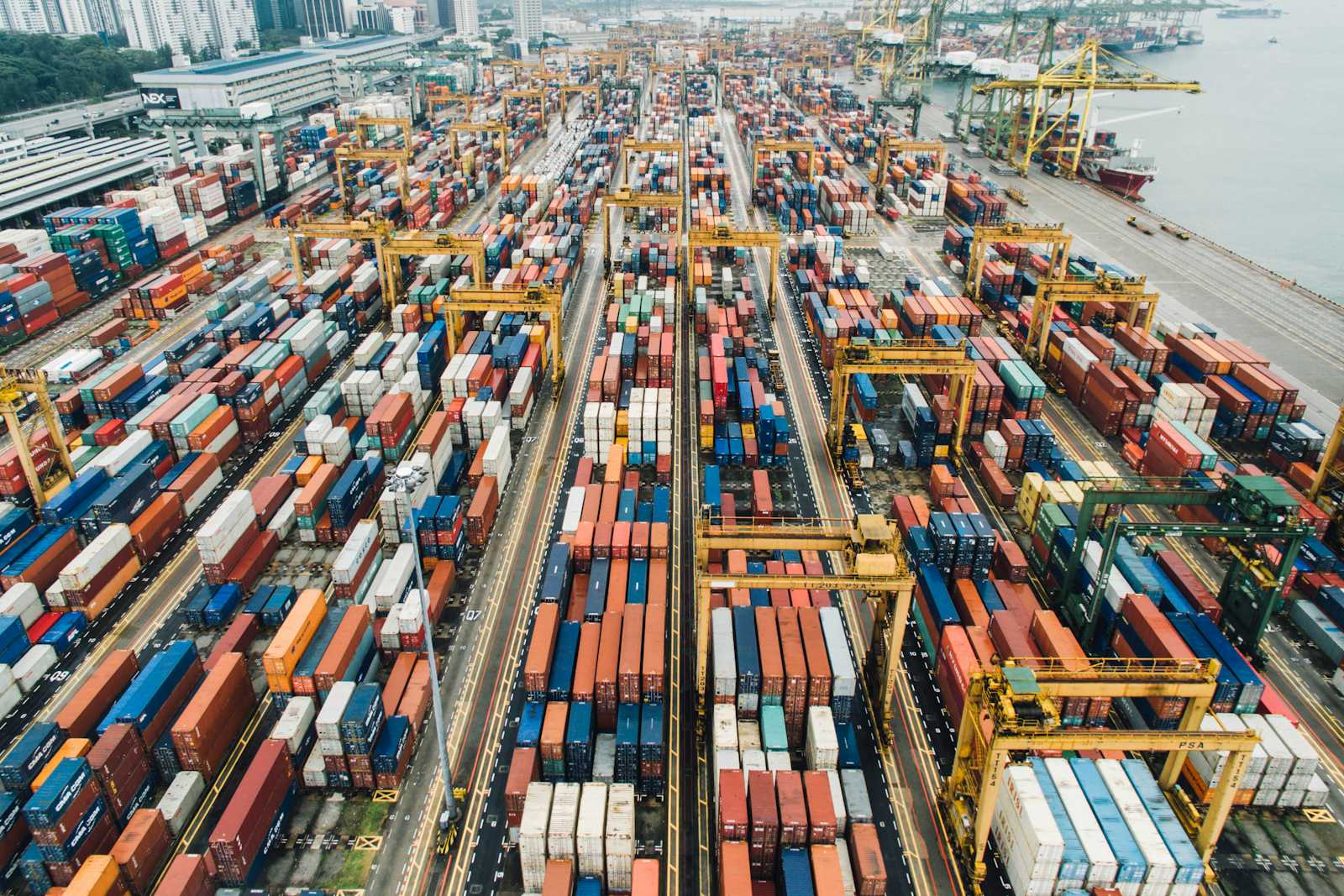Container Orchestration Explained: The Power of Kubernetes
 Muhire Josué
Muhire Josué
1. Introduction
Containerisation has revolutionised the way we build, ship, and run applications. However, as systems scale to hundreds or thousands of containers across multiple environments, managing them manually becomes impractical.
This is where container orchestration comes in. It automates the deployment, scaling, networking, and management of containers. At the forefront of this technology is Kubernetes (K8s), the industry-standard container orchestration platform developed by Google and now maintained by the CNCF.
This article explains the core concepts behind container orchestration and dives into Kubernetes to understand how it simplifies large-scale containerised application management.
2. What is Container Orchestration?
Container orchestration is the process of automating the operational tasks of container management. This includes:
• Deploying containers across clusters
• Scaling containers up or down based on load
• Managing container networking and service discovery
• Performing rolling updates and rollbacks
• Monitoring health and self-healing failed containers
Without orchestration:
You’d manually start containers, configure IPs, expose ports, and restart them on failure—error-prone and inefficient.
With orchestration:
You define the desired state in a configuration file, and the orchestrator ensures your infrastructure matches that state.
2. What is Container Orchestration?
Container orchestration is the process of automating the operational tasks of container management. This includes:
• Deploying containers across clusters
• Scaling containers up or down based on load
• Managing container networking and service discovery
• Performing rolling updates and rollbacks
• Monitoring health and self-healing failed containers
Without orchestration:
You’d manually start containers, configure IPs, expose ports, and restart them on failure—error-prone and inefficient.
With orchestration:
You define the desired state in a configuration file, and the orchestrator ensures your infrastructure matches that state.
| Feature | Description |
| Self-Healing | Automatically replaces failed containers |
| Auto-Scaling | Dynamically adjusts resources based on traffic |
| Rolling Updates | Gradually updates containers without downtime |
| Service Discovery | Built-in DNS and load balancing |
| Declarative Configuration | Define system state in YAML or JSON |
| Extensibility | Supports plugins, CRDs, and a vibrant ecosystem |
4. Kubernetes Core Concepts
Understanding Kubernetes means understanding its architecture and key resources.
4.1 Cluster Architecture
A Kubernetes cluster consists of:
• Master Node (Control Plane): Manages cluster state, scheduling, and orchestration
• Worker Nodes: Run application containers using Kubelet and container runtime
4.2 Core Components
a) Pod
• The smallest deployable unit in K8s
• A Pod wraps one or more containers with shared resources (network, volumes)
apiVersion: v1
kind: Pod
metadata:
name: my-pod
spec:
containers:
- name: nginx
image: nginx:latest
b) Deployment
• Manages a replicaset for rolling updates and scaling
apiVersion: apps/v1
kind: Deployment
metadata:
name: web-deployment
spec:
replicas: 3
selector:
matchLabels:
app: web
template:
metadata:
labels:
app: web
spec:
containers:
- name: nginx
image: nginx:latest
c) Service
• Exposes your Pods and provides load balancing
apiVersion: v1
kind: Service
metadata:
name: web-service
spec:
type: ClusterIP
selector:
app: web
ports:
- protocol: TCP
port: 80
targetPort: 80
d) ConfigMap & Secret
• Externalize configuration from container images
• Use Secrets for sensitive data (e.g., API keys)
e) Ingress
• Manages external HTTP(S) access to services
apiVersion: networking.k8s.io/v1
kind: Ingress
metadata:
name: web-ingress
spec:
rules:
- host: example.com
http:
paths:
- path: /
pathType: Prefix
backend:
service:
name: web-service
port:
number: 80
5. Kubernetes in Action: End-to-End Workflow
Step-by-Step Overview:
1. Write YAML files to describe Pods, Deployments, and Services.
2. Apply configuration using kubectl apply -f.
3. Kubernetes schedules Pods on available nodes.
4. Services expose your app and load-balance traffic.
5. Kubernetes monitors health and restarts failed containers automatically.
6. Scale with one command: kubectl scale deployment web-deployment --replicas=5
7. Update your app with zero downtime using rolling updates.
6. Advanced Kubernetes Capabilities
6.1 Horizontal Pod Autoscaler (HPA)
Automatically scales Pods based on CPU/memory metrics:
apiVersion: autoscaling/v2
kind: HorizontalPodAutoscaler
metadata:
name: web-hpa
spec:
scaleTargetRef:
apiVersion: apps/v1
kind: Deployment
name: web-deployment
minReplicas: 2
maxReplicas: 10
metrics:
- type: Resource
resource:
name: cpu
target:
type: Utilization
averageUtilization: 70
6.2 Helm
Package manager for Kubernetes, helps manage complex apps as charts.
helm install my-app ./my-chart/
6.3 RBAC (Role-Based Access Control)
Control who can perform what actions in your cluster.
7. Conclusion
Kubernetes has redefined how we deploy and scale applications in the cloud-native era. By understanding and leveraging container orchestration, teams can build resilient, scalable, and observable systems with minimal manual intervention.
Subscribe to my newsletter
Read articles from Muhire Josué directly inside your inbox. Subscribe to the newsletter, and don't miss out.
Written by

Muhire Josué
Muhire Josué
I am a backend developer, interested in writing about backend engineering, DevOps and tooling.